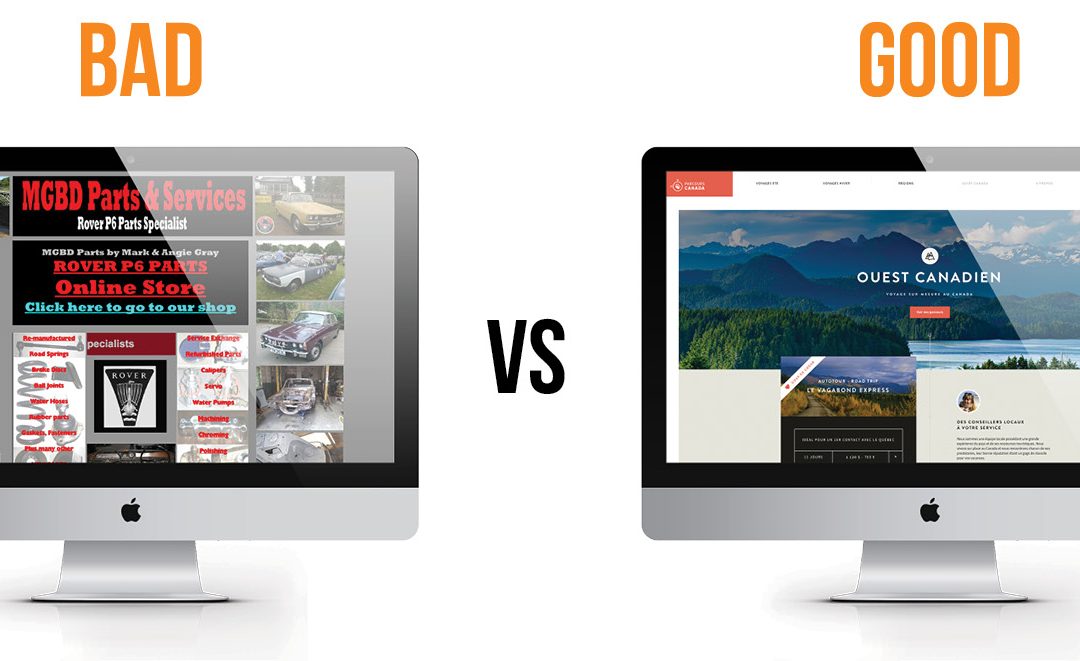Web design mistakes can have a negative impact on the user experience and effectiveness of your website. In this article, we'll go over 5 common web design mistakes to avoid. 1. Cluttered design Users may become frustrated with and confused by a design that is too...

5 Common Web Design Mistakes to Avoid
read more


